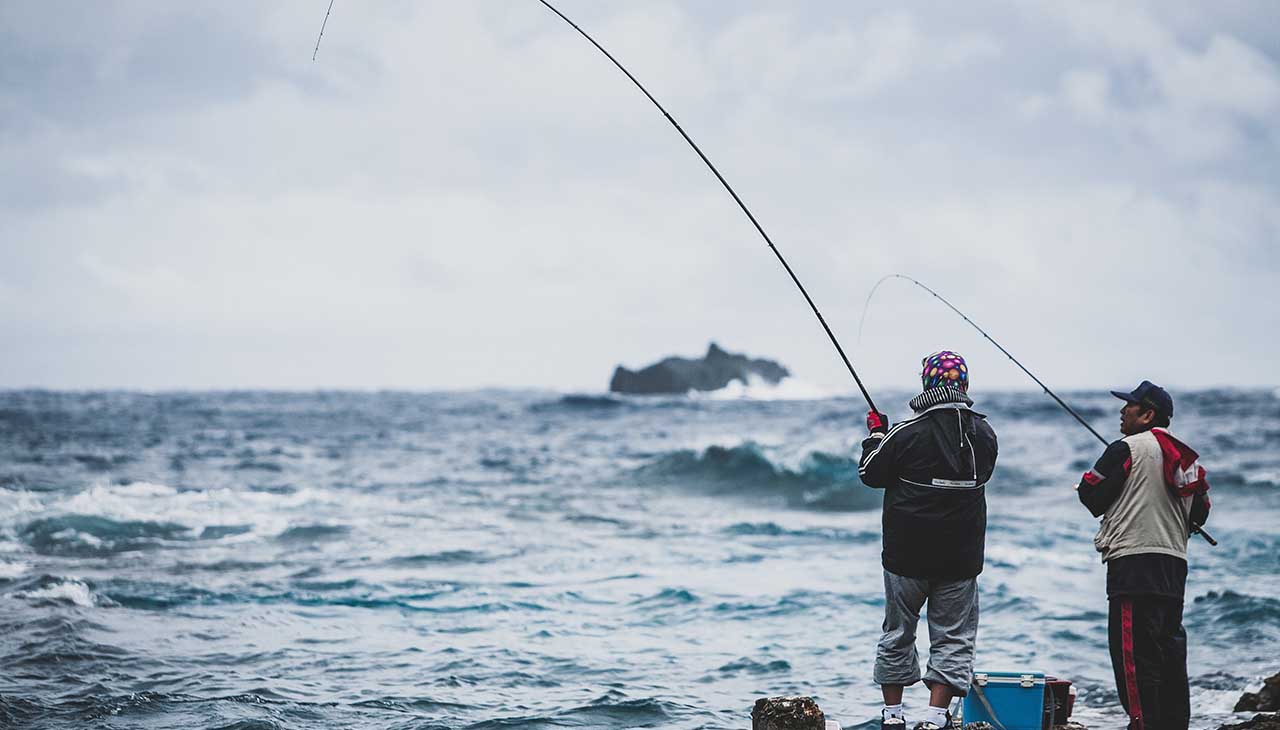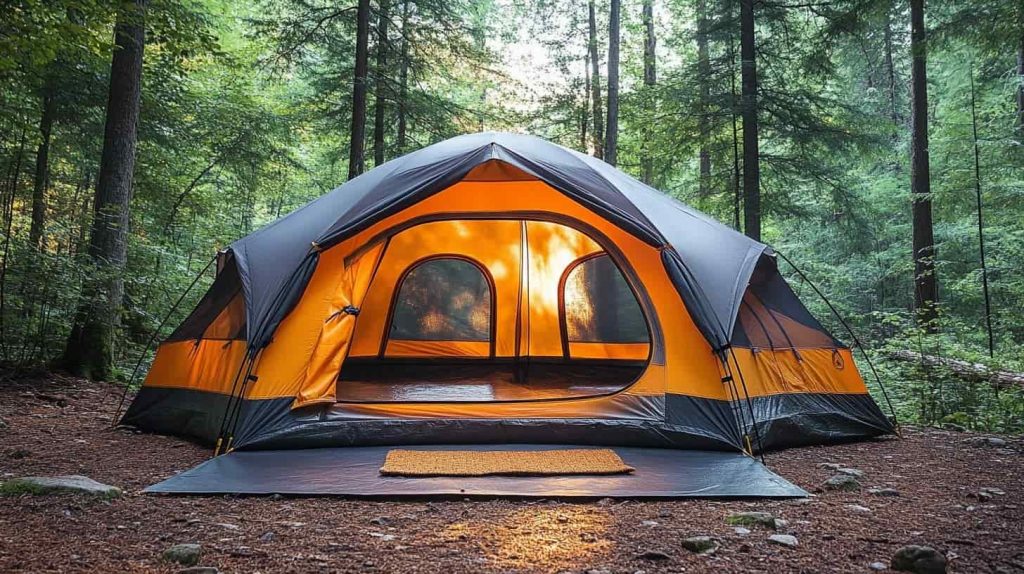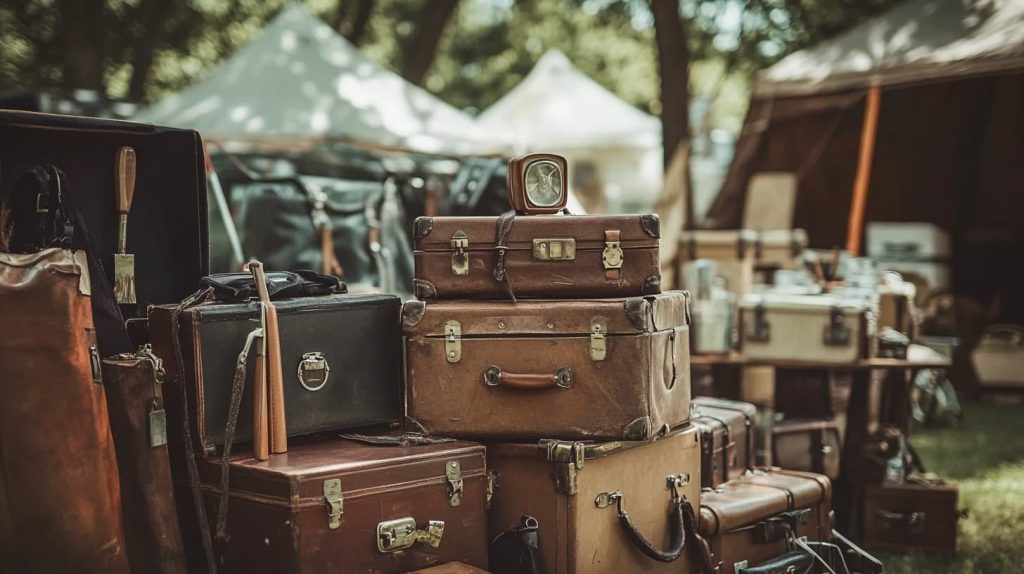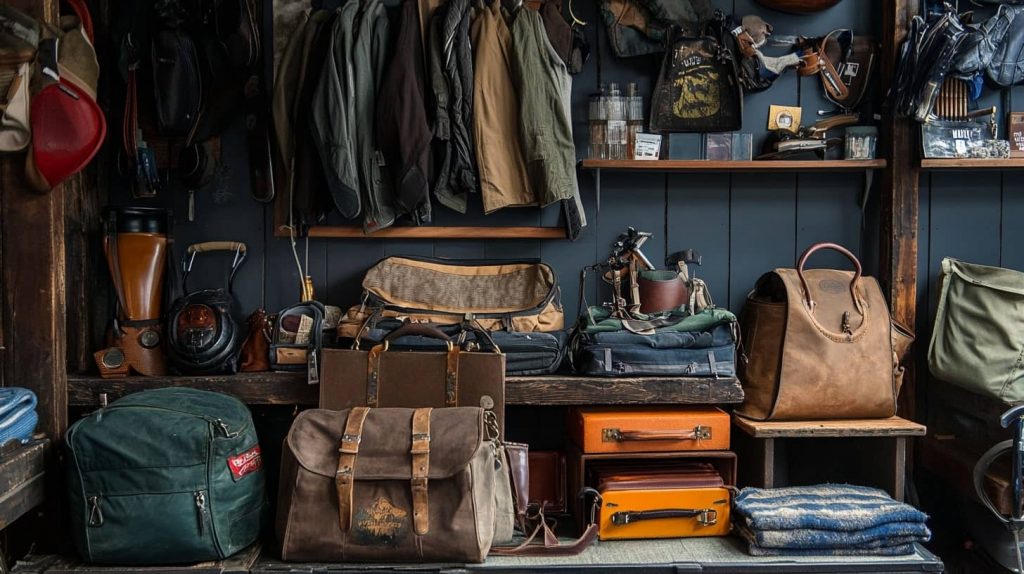Fishing 101: Tips and Tricks for Beginners

Welcome to Fishing 101! If you’re new to the world of fishing, or just looking to brush up on your skills, you’ve come to the right place. This guide aims to equip you with the essential know-how to get your line in the water and start hauling in fish. We’ll cover everything from choosing your gear, bait, and fishing spots, to understanding fish behavior, and even some insider tips and tricks to give you a head start on your fishing journey. So grab your fishing rod and let’s dive in!
Essential Fishing Gear for Beginners
Fishing Rod and Reel
The first items on your fishing gear list should be a fishing rod and reel. The choice of rod and reel largely depends on the type of fishing you plan to do. For beginners, a medium-strength rod is recommended, as it can withstand most fishing scenarios. As for the reel, spinning reels are widely used due to their ease of use and versatility.
Fishing Line and Hooks
The fishing line and hooks you choose will also depend on the type of fishing you’re planning to do. A monofilament fishing line is a good all-around choice, while fluorocarbon is ideal for clear water fishing. As for hooks, there are many types available, but for starters, a range of sizes from 1 to 6 should cover most freshwater fishing needs.
Baits and Lures
Baits and lures are used to attract and catch fish. Live bait, such as worms or minnows, are often used for freshwater fishing. When it comes to lures, spinners and spoons are good beginner options. They come in a variety of sizes and colors to attract different types of fish.
Tackle Box and Accessories
A tackle box is essential for organizing and storing your fishing gear. It should contain all your accessories, such as extra hooks, lines, and lures, as well as other tools like a knife, pliers, and a first aid kit. Remember, the key to a successful fishing trip is preparation, so your tackle box should be well-stocked and organized.
Choosing the Right Fishing Spot
Researching Local Fishing Spots
The first step in finding the perfect fishing spot is to research local fishing areas. You can use online resources to locate nearby rivers, lakes, and ponds. Pay attention to information about the types of fish found in these waters, as this can greatly influence your choice of gear.
Considering Water Conditions and Fish Species
Different fish species thrive in different water conditions. You must consider factors like water temperature, depth, and clarity as these play a crucial role in the type and number of fish you can catch. For instance, some fish prefer cooler, deeper waters, while others are found in warmer, shallow areas.
Seeking Advice from Experienced Anglers
Talking to experienced anglers can provide valuable insights. They can share their favorite fishing spots, the best times to fish, and what types of bait or lures work best for different species. Local fishing communities and forums are also good places to connect with seasoned fishers and glean their knowledge. Always remember, there’s no substitute for experience.
Basic Fishing Techniques
Casting and Reeling In
Casting your line is an essential fishing skill. To cast, hold the rod slightly above waist level, open the bail on your reel, and using a smooth, forward motion, swing the rod tip towards your target and release your line. Once your bait or lure lands in the water, close the bail and wait for a bite. When you feel a tug on your line, start reeling in, making sure to maintain a steady pace to keep the line tension consistent.
Setting the Hook and Playing the Fish
Once a fish bites, it’s time to set the hook. This involves a quick, sharp pull on the rod to ensure the hook is securely lodged in the fish’s mouth. After setting the hook, the fight – or ‘playing’ the fish – begins. The goal here is to tire the fish so it can be reeled in. Keep your rod tip up and apply constant pressure, but be prepared to let the fish run when it fights back.
Releasing or Catching the Fish
After successfully playing the fish, you’re ready to bring it in. Use a net to secure the fish in the water, then carefully remove the hook with needle-nose pliers. At this point, you have two options: catch or release. If regulations and personal ethics permit, you may keep the fish. Be sure to handle it gently and store it properly to maintain its quality. If you choose to release the fish, ensure its safety by minimizing out-of-water time and handling it as little as possible before gently returning it to the water.
Safety Tips for Fishing Beginners
Wearing Appropriate Clothing and Footwear
Fishing involves being outside for extended periods, sometimes in harsh conditions. Therefore, dressing appropriately is crucial. Wear layers to adjust to changing temperatures – a moisture-wicking base layer, an insulating middle layer, and a water-resistant outer layer are recommended. Don’t forget a wide-brimmed hat for sun protection and polarized sunglasses to reduce water glare. As for footwear, waterproof boots or sturdy sandals (depending on the climate) with good grip are essential to cope with slippery surfaces and keep your feet dry and comfortable.
Being Aware of Weather Conditions
Before heading out, check the local weather forecast and plan accordingly. Certain fish species are more active during specific weather conditions, and knowing this can increase your chance of a successful catch. However, safety should be your top priority. Avoid fishing in severe weather conditions like thunderstorms, heavy rain, or high winds, which can turn a peaceful fishing trip into a dangerous situation.
Handling Fish Safely and Using Proper Equipment
Handling a fish correctly is important to prevent injuries to both you and the fish, especially if you plan on releasing it. Always wet your hands before handling a fish to protect its slimy coat, which helps it stay healthy. Use needle-nose pliers or a hook remover to safely remove the hook from the fish’s mouth. Remember, if a fish is deeply hooked or bleeding, it’s best to cut the line as close to the hook as possible and release the fish. This will give it the best chance of survival. Finally, always use the correct equipment. A good quality fishing rod, properly sized hooks, and a sturdy landing net can make a significant difference in ensuring your safety during your fishing adventures.


